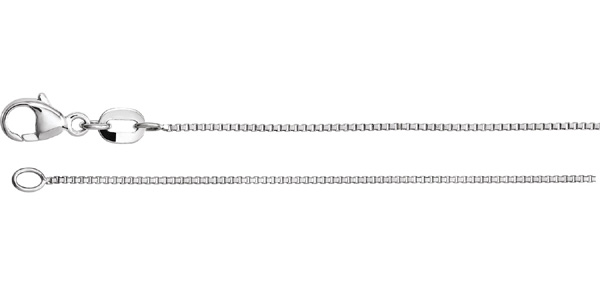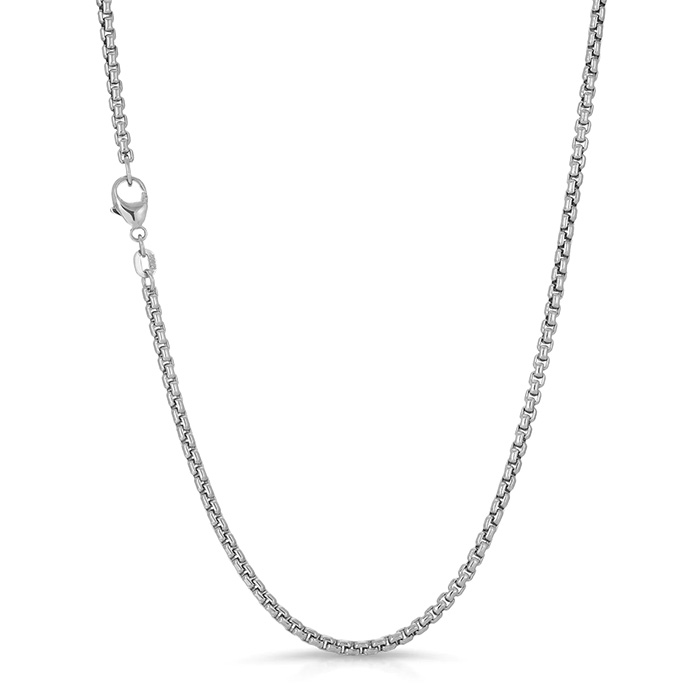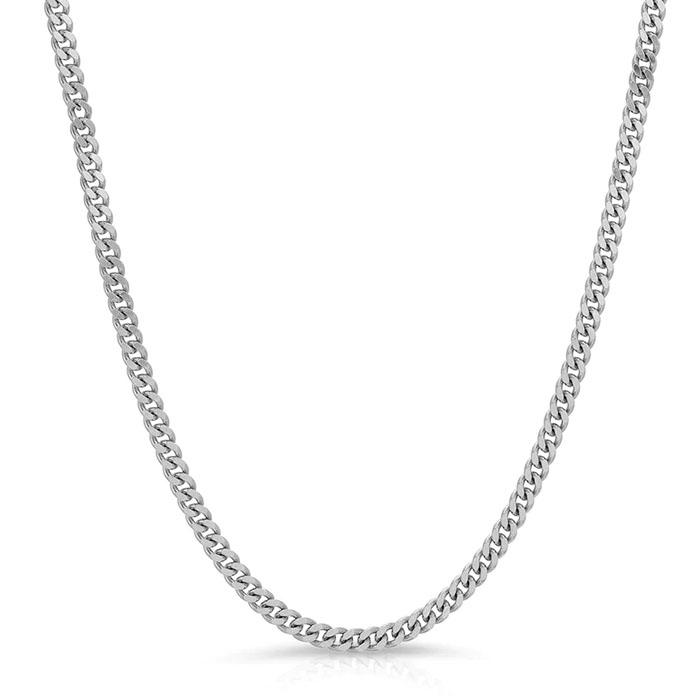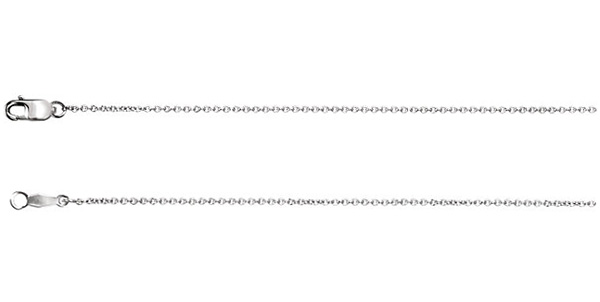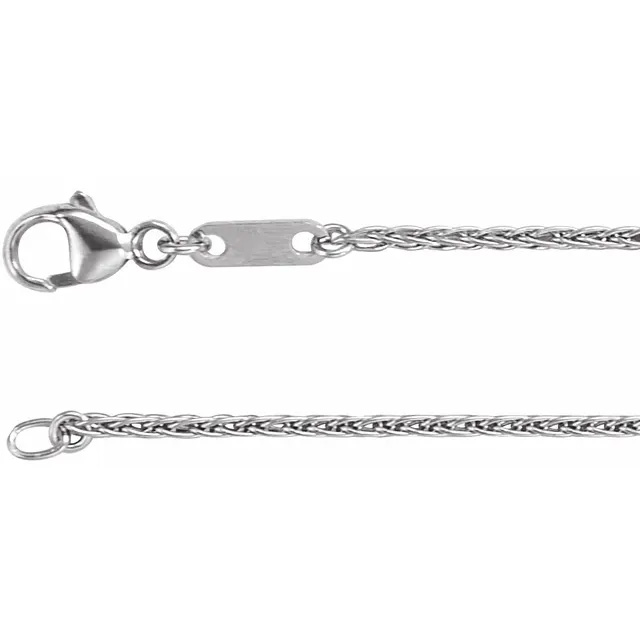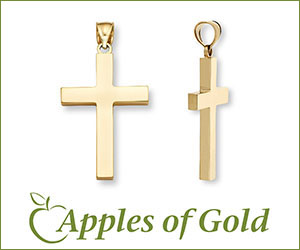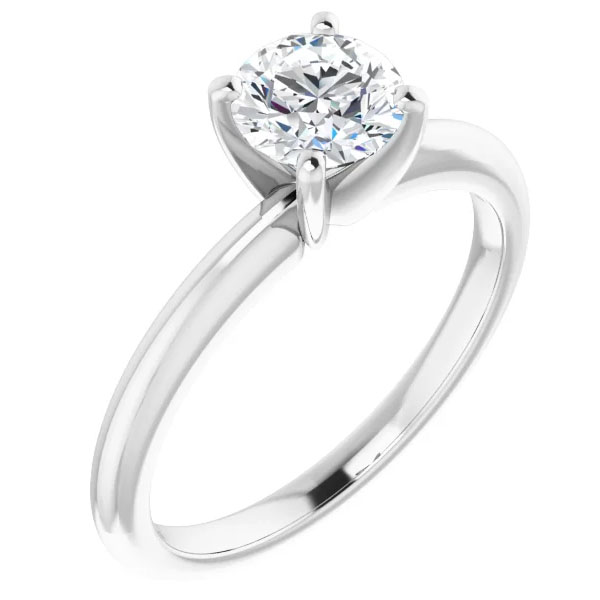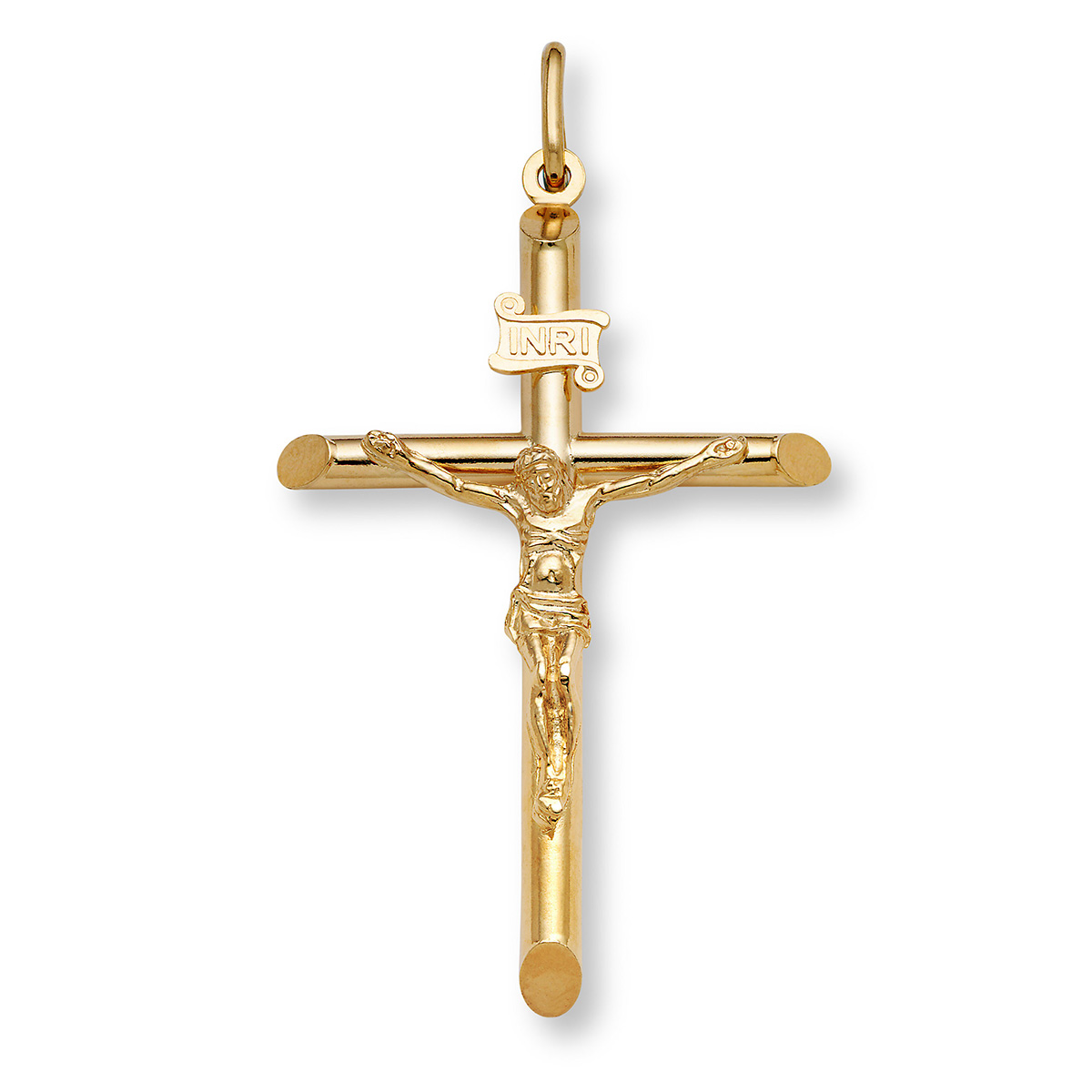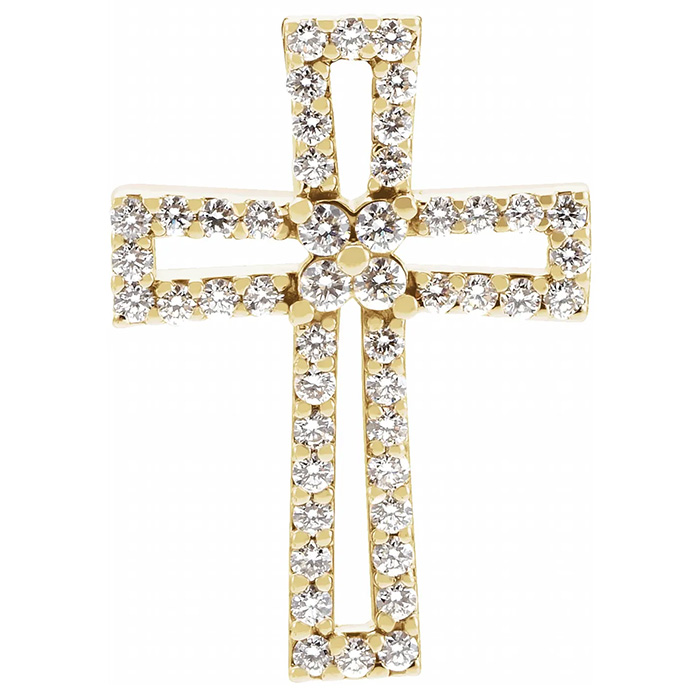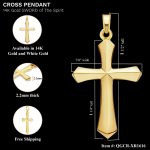Authenticating Platinum Chains – A Comprehensive Buyer’s Guide
Understanding the Value of Platinum Jewelry
Platinum is highly valued for its rarity, strength, and hypoallergenic properties, making it a sought-after material for fine jewelry, including chains. However, due to its high value and similarity to other white metals like white gold and silver, it can sometimes be difficult for consumers to verify its authenticity. This guide offers essential tips to ensure you purchase genuine platinum chains.
Start with Platinum Jewelry Hallmarks
The most straightforward method to authenticate a platinum chain is to look for hallmarks. These small, stamped markings on jewelry indicate its metal content and are often found on the clasp or on a small tag near the clasp. Common hallmarks for platinum include “950,” “Pt950,” “PLAT,” or “950Pt,” indicating that the metal is 95% platinum and 5% other balancing alloys. This is the most common purity used in jewelry. Occasionally, you might also see “900” or “850” which are less pure but still genuine platinum. Apples of Gold Jewelry only sells 950 grade platinum jewelry, ensuring that you get the highest quality product available on the market.
Weighing Platinum Chains for Authenticity
Platinum is denser and heavier than other metals used in jewelry. If you have access to a precise scale, weigh your platinum chain and compare the weight to a similar chain made from another metal like silver or white gold. Platinum will be significantly heavier. Although this is not a conclusive test, when used in conjunction with other methods, it can provide further evidence of authenticity.
Professional Jewelry Appraisal
If you are still unsure about the authenticity of a platinum chain, such as platinum curb chains, consider having it appraised by a certified jeweler or gemologist. These professionals have the tools and knowledge to conduct thorough tests that can confirm the metal content of your jewelry. This is especially recommended if you are investing in a particularly expensive piece.
Magnetic Testing
Platinum is not magnetic, so using a strong magnet can be a quick test for ferrous (iron-containing) materials often found in counterfeit products. Simply bring a magnet close to the chain; if it attracts, the material is not pure platinum. This test, while helpful, is not definitive alone, as non-ferrous metals like aluminum are also non-magnetic but significantly less valuable.
Check for Signs of Wear
Inspect the chain for signs of wear. Platinum is exceptionally durable and resistant to wear and tarnish. If the item shows significant wear or tarnishing at the joints or clasps, it may be another metal plated with a thin layer of platinum. Genuine platinum jewelry, like platinum box chains, should maintain its integrity and appearance over time even with regular use.
Seller Reputation and Documentation
Purchasing from a reputable seller is one of the most reliable ways to ensure the authenticity of your platinum chain. Established jewelers, like Apples of Gold Jewelry, have an A+ Rating with the Better Business Bureau and a 4.9 out of 5 star rating from verified shoppers and ensure that all of our platinum jewelry has a hallmark that verifies the purity and legality of the platinum used. Be wary of deals that seem too good to be true, particularly from unfamiliar sources.
Using Acid Testing Kits
While not always completely accurate, for a more hands-on approach, consider using an acid testing kit. These kits include a solution that reacts to different metals to indicate their purity. When a drop of the testing solution is applied to a small scratch made on the chain (preferably in an inconspicuous area), the color change will indicate if it is genuine platinum. This method should be used as a last resort as it involves minor damage to the item. For a more accurate test results, try a professional assayer.
Understanding Platinum Alloys
Be aware that platinum can be alloyed with other metals, which can affect its purity. The most common alloys for jewelry are 95% platinum and 5% cobalt or ruthenium. Each alloy has specific properties. Knowing these can help you understand what to look for in terms of authentication and what each stamp means for the quality of your chain. Apples of Gold does not recommend platinum that is not 950 grade or 95% pure. Anything less is subpar, in our professional opinion.
Long-Term Care and Handling of Platinum Jewelry
Maintaining your platinum chain, including platinum cable chains, to pick one style of many, is crucial for preserving its aesthetic and structural integrity. Regular cleaning with a soft cloth and mild soap solution can help maintain its luster. Avoid using harsh chemicals or abrasive materials that could scratch or damage the metal. Proper care will ensure your platinum jewelry remains a lasting part of your collection.
By following these guidelines, you can authenticate platinum chains and make informed decisions when adding to your jewelry collection. Knowing how to verify the quality and purity of platinum not only protects your investment but also ensures that you enjoy the beauty and durability of this precious metal to its fullest. For more questions, feel free to contact Apples of Gold Jewelry, and seek out our experience of 25 years+ in the jewelry industry.
Category: Jewelry Education, Jewelry Guide, Platinum Jewelry


